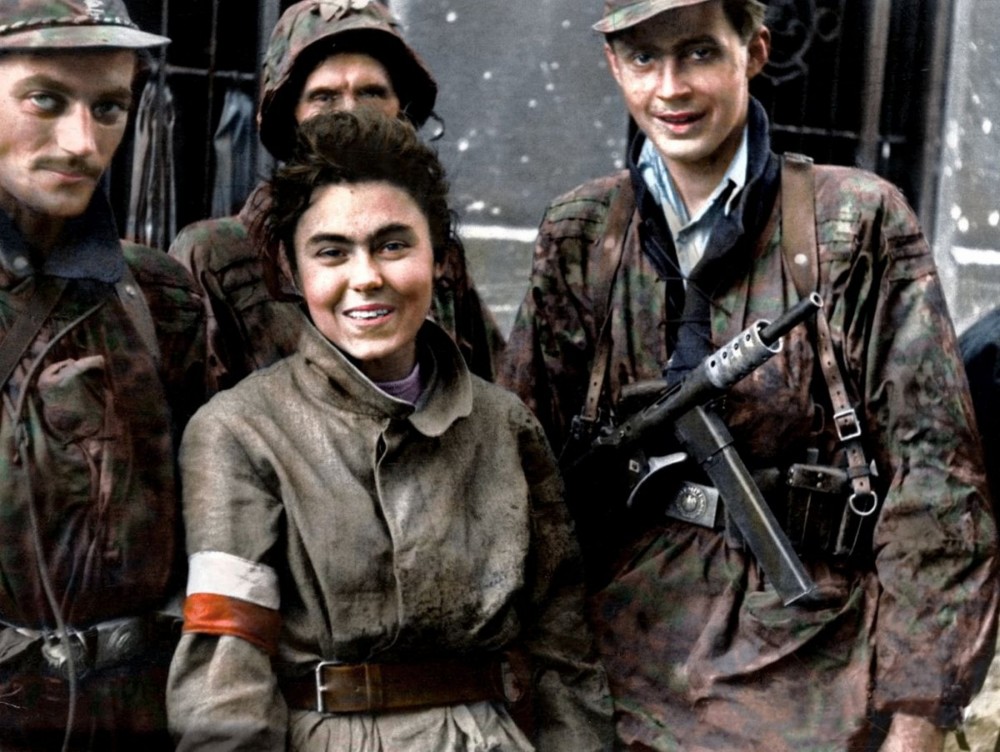
After the German campaign at the beginning of World War II (1939), Poland was divided between nazi Germany which occupied the west and center of the country, and the Soviet Union which occupying the Eastern regions. The controversial relationship with Moscow has seen several diametrical breaks from a positive alliance after the invasion of the Soviet Union by the Axis powers in 1941, to a very critical relationship with the USSR after the revelation of the so-called Katyn massacre in 1943. With the approach of the Eastern Front to the frontiers of pre-war Poland, massive Polish Resistance was also activated to get rid of nazi domination and to restore of pre-war Poland. The neutralization of possible claims by the Soviets on the disputed eastern areas (Western Ukraine, Belarus, Lithuania), respectively to prevent the crushing sovietization of Poland, it was also intended to serve a clear and world-wide resistance act in the sense of liberating at least Warsaw from the German occupation. This was to prevent the repeat of the situation in the east of the country, where the Red Army and the Soviet authorities overlooked the merits and interests of the Polish Resistance and Polish authorities. The contribution will therefore focus on the analysis of the causes, assumptions, course and consequences of the ultimate outcome of the unsuccessful efforts of the Armia Krajowa and the Warsaw inhabitants to liberate the city on their own and to determine the free post-war existence of the country.
Source: Arhire S. (2020). The 1944 Warsaw Uprising. Journal of the Belarusian State University. History. №1: 18-23
Source web-site: https://journals.bsu.by/index.php/history/article/view/1040/1915
Number of views: 3269